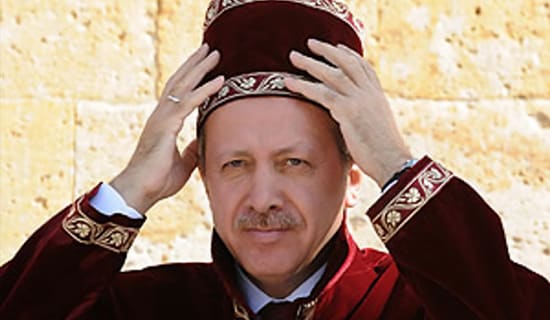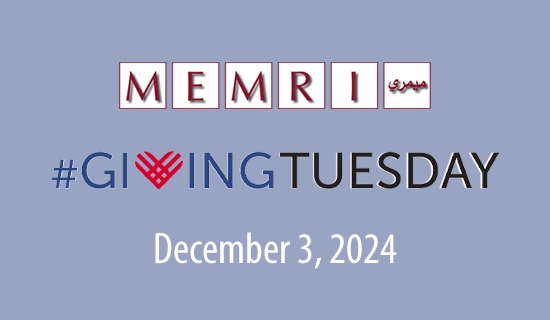In April 2004 the Palestinian Human Rights Monitoring Group, directed by human rights activist Basem 'Eid, published a report on "The Intra'fada," or "The Chaos of The Weapons," as the Palestinians call the situation prevailing in the Palestinian Authority areas. The report describes the proliferation of firearms possession among the Palestinian public during the current Al-Aqsa Intifada, and its ramifications for Palestinian society and for the internal political situation in the PA areas. To view the full report, visit http://www.phrmg.org/intrafada.htm. The following is a summary of the report: [1]
The Historic Background of the Possession and Use of Firearms in Palestinian Society
The report reviews the historic roots of the increasing use of weapons and factors of internal violence in Palestinian society, and discusses the divisions among this society due to cultural and religious influences and the different ideological currents within it.
Of the historic events that have shaped Palestinian society, the report enumerates the death of Gamal Abd Al-Nasser and his vision of the United Arab Republic, as well as the Arab states' inability to help the Palestinians reclaim their land. These events led Palestinian groups such as the Fedayeen to try to take matters into their own hands.
Another historic factor in the creation of the wide variety of armed political groups was the Palestinian diaspora in the Arab countries. The political thought, organization, and ideology of the different Palestinian groups were influenced by the prevailing political system in each of the host countries. Socialism also played a part in hindering the development of a unique Palestinian political vision. For this reason, particularly post-1967, Palestinian groups could not reflect a common policy. Each group had a number of political streams that maintained autonomous fighting forces and pushed for the adoption of different means, different ways of action, and different goals.
The Peace Process and the Increase in Acquisition of Firearms in Palestinian Society
The report notes that although the first Intifada seemed to lead to unity among the various Palestinian groups, as the peace talks progressed, internal divisions reappeared. During the Oslo years, large amounts of weapons began to flow into the Palestinian cities, and infighting among the Palestinian factions increased.
Palestinian Society and the Cycle of Internal Violence
The report states that simplifying the Middle East conflict into a purely Israeli-Palestinian conflict disregards any shades of gray, and that the Palestinian tragedy of an internal cycle of violence cannot be attributed solely to the Israeli-Palestinian conflict. Only an examination of the interactions within Palestinian society and an understanding of the disagreements and clashes among the various political streams, clans, and factions can give a fuller picture of this society. This is because during the Al-Aqsa Intifada these divisions have led to the development and escalation of what the author of the report terms an "Intra'fada." Thus, for example, the report notes that from 1993 to 2003, 16% of Palestinian civilian deaths were caused by Palestinian groups or individuals.
The PA and Internal Violence
The report states that Palestinians' possession of weapons has gained legitimacy as being symbolic of resistance to the occupation. But in light of the situation in the PA, the absence of rule of law, and the PA's inability to control and regulate the bearing and use of firearms, individuals acquired weapons for self-defense, protecting family honor, and settling business and other conflicts. Further, the report says, because of the scandals and blunders that have dogged the PA, and the erosion of its legitimacy, any attempt to collect firearms as demanded by the peace agreements would lead to its end. Thus the PA steadfastly refuses to undertake any such action.
On this background, says the report, near-anarchy prevails in the Palestinian cities. The lack of a single central monopoly on the use of force, the quasi-state character of the PA, and the inability of the governing elite to clearly define its goals all contribute to fostering uncertainty among the population, and leave a vacuum to be filled by alternative sources of power.
The report emphasizes the importance of a variety of factors linked to the PA in the creation of the anarchy within it: The absence of essential state institutions, the lack of a clear definition of roles and areas of responsibility of executive and judicial bodies, breaches of the judicial system, absence of efforts to define rules and procedures, confusion among the executive authority and judicial bodies, and the limited scope of the judicial system all leave the field open for individuals and factions to abuse power and take the law into their own hands.
Another significant factor is the proliferation of separate and independent security and policing bodies whose responsibilities are either undefined or overlapping; this contributes to increased confusion and leads to verbal and physical clashes. These internal tensions are even sometimes encouraged by PA officials seeking to strengthen their own positions, who sometimes even support local gangs and militias. The report quotes a PA official as saying that 90% of gangland lawlessness is perpetrated by people on the PA payroll.
The report notes that these gangs exploit the lack of territorial contiguity between the Palestinian population centers and the restrictions on the residents' freedom of movement, and manage to inspire fear and create anarchy and chaos in the Palestinian cities, such as Nablus.
The report sums up what Palestinians are calling "the chaos of the weapons" in the PA areas, which has added much more militancy and violence to the second Intifada, internally and within Palestinian society. This has impacted on private citizens, members of rival clans, business competitors, women, suspected collaborators with Israel, journalists, and even PA officials.
[1] Shultens, Leonie, The Intra'fada or 'The Chaos of the Weapons': An Analysis of Internal Palestinian Violence. April 2004, Palestinian Human Rights Monitoring Group.





